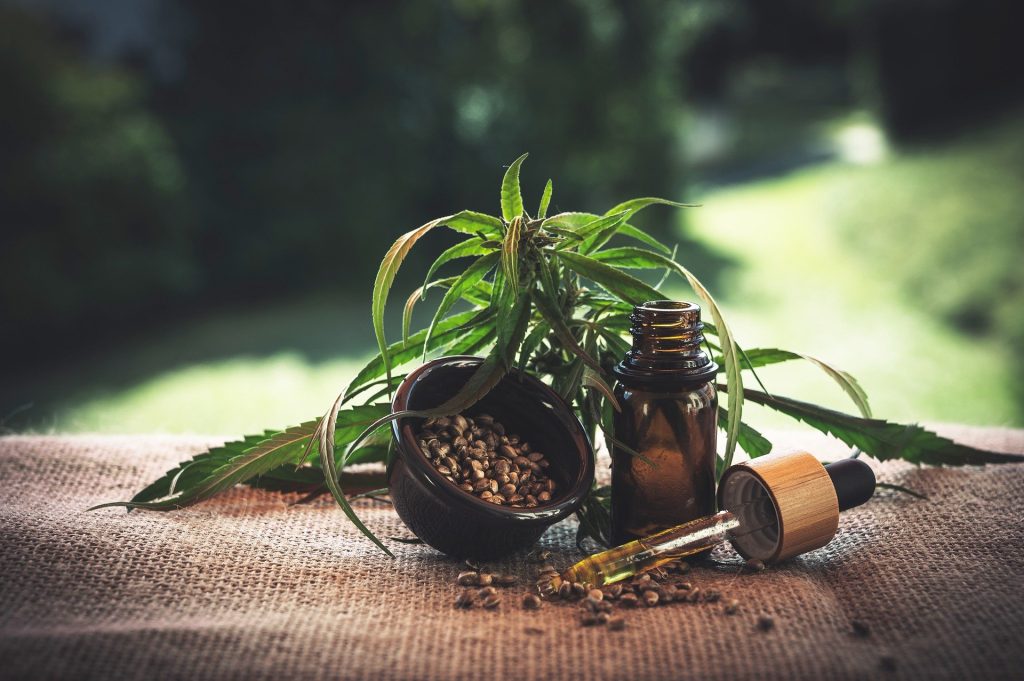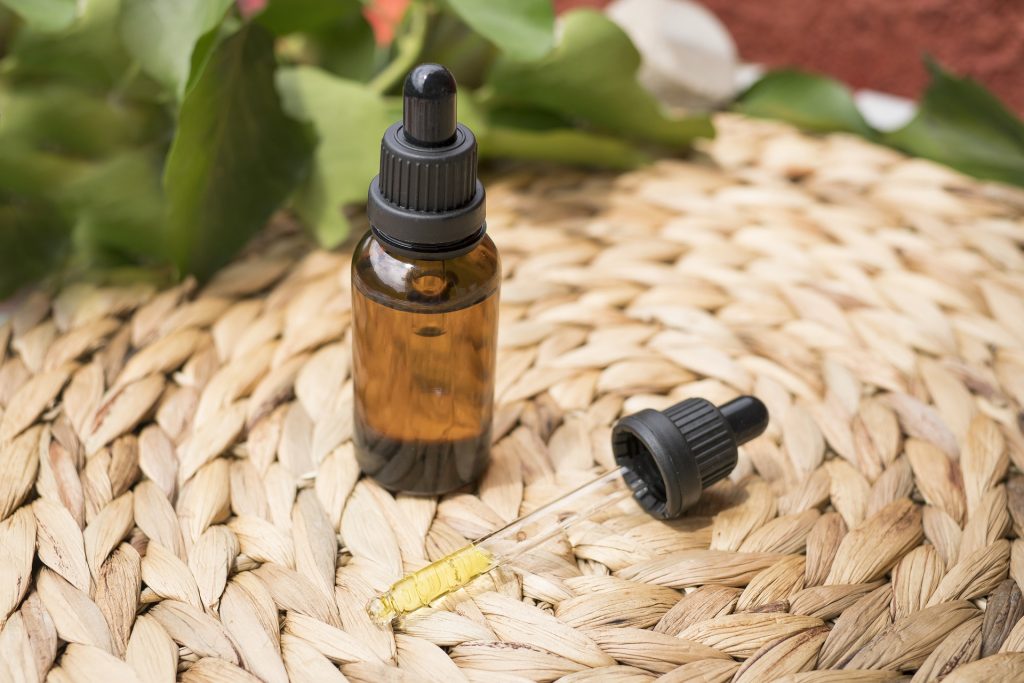CBD has been a buzzword in recent years, particularly in the United States and across Europe. Continuous research on the drug’s potential in the health and wellness space has sparked interest in using cannabis extracts for therapeutic purposes. Because of its link to the cannabis plant, CBD oil in UK has sparked debate. Some people wrongly (but reasonably) assume that everything connected to cannabis is harmful to our health and society. However, it is time to clear the air and explain what it is and why it is popular.

What Is CBD?
CBD is another term for cannabidiol, which is a cannabis plant derivative. This drug comes from certain cannabis strains, which contain over 100 distinct cannabinoids. CBD is a top-rated cannabinoid similar to THC but varies in one crucial way: It does not have the same intoxicating impact on the brain’s receptors that generate the ‘high’ experience. Despite the stigma associated with conventional marijuana use, popular understanding of the beneficial advantages of its non-psychoactive equivalent has given this popular drug a new lease on life.
The molecule is isolated from the hemp plant and marketed as pure CBD in different forms, consumables, and cosmetics, all for its purported health benefits. Doctors worldwide recommend CBD oil for various health conditions, including anxiety and depression.
What Are Cannabinoid Receptors and How Do They Work?
Before we go into the intricacies of CBD and THC, let us take a look at what happens in the brain when cannabinoids are present. The endocannabinoid system (ECS) is a network of receptors found in all animals’ brains and nervous systems.
This network of receptors is present throughout our body, from the brain to the bones to the pancreas. When cannabinoids reach the body, these receptors react.
The CB1 and CB2 cannabinoid receptors are the two kinds of cannabinoid receptors. What health advantages we get from cannabis are determined by how these receptors react to and interact with them – both physically and emotionally. CBD and THC vary sufficiently on a molecular level to interact differently with CB1 and CB2, resulting in diverse responses in our minds and bodies.
CBD’s Brief History
Where did humans’ infatuation with CBD begin? The cannabis plant has been trendy for its medicinal advantages for thousands of years.
People have been cultivating and growing cannabis for the effects of consuming and breathing smoke from the plants since roughly 6000 years ago. People started looking more carefully at the medical qualities of cannabis in the 16th century. Still, it was not until the 1950s in the 20th century that scientists realized it was feasible to extract cannabidiol. This extraction allowed them to examine how this might benefit consumers’ health without the mind-altering impacts associated with marijuana.
Hemp (Cannabis sativa)
What is the difference between hemp and cannabis? These are both derived from the same plant species, Cannabis Sativa. Still, various interventions are done throughout the plant’s growth and cultivation to achieve the result of chemically distinct plants. One side of the coin is cannabis for recreational or therapeutic purposes, while the other is hemp, used to make textiles and other materials.
The current trend for CBD has had a significant influence on Europe’s expanding hemp business, but where are all those hemp plants grown? Egypt, Australia, China, India, Thailand, South Korea, Nepal, Canada, Chile, Finland, France, Germany, the United Kingdom, Russia, Portugal, Slovenia, Spain, Ukraine, and Austria are among the countries that grow hemp commercially.
How Is CBD Extracted?
First and foremost, CBD extraction is broadly in two categories: whole plant and isolate.
When the whole hemp plant is available for extraction, including the leaves, flowers, and stalks, it is famous as the full-plant extract. Isolate extraction extracts the drug from the hemp plant and makes a pure CBD isolate powder. The finished product is a full-spectrum oil that includes components from various plant areas. Both products have pros and downsides, and CBD users tend to have personal preferences.
Extracting the oil from a hemp plant may be done in various methods. Using a liquid solvent is one of the most frequent approaches. Manufacturers soak the hemp plant in a chemical solvent, commonly butane or some form of alcohol, and gradually pull out the cannabinoids. Then, the liquid evaporates, and only a concentrate is present after removing the alcohol content.
Cannabidiol may also come from using carbon dioxide, which is injected into the plant and causes it to release the CBD and its natural flavors. This method is a far more complicated procedure than using a liquid solvent, and it needs a good lab, competent chemical handling, and specialized equipment.
Another, more conventional technique for obtaining cannabinoids from the hemp plant is oil extraction. The hemp plant must be roasted and then soaked in the oil to extract the CBD. The primary disadvantage of this extraction method is the difficulty in obtaining concentrated oil as a consequence.

CBD’s Potential Advantages
According to users, it has a wide range of advantages; here are a few of them. CBD’s soothing and relaxing properties potentially make it an effective mood stabilizer, perfect for treating emotional and mental health concerns, including the symptoms of depression and anxiety. According to many users, cannabidiol aids in relaxing muscles and relieves tension in the body. Users say that it also contains anti-inflammatory qualities, making it useful for pain ranging from moderate to chronic.
CBD Products: What Are They?
After extraction, CBD products are available in many forms in the market. Pure CBD oil is available in various quantities, and users tend to take it orally using a pipette. Slip a few drops beneath your tongue and keep them there for 15 seconds before swallowing. CBD oil is frequently available at your local health and wellness store. Refer to a healthcare professional when determining your beginning dose. The cosmetics sector is also expanding, with CBD-infused skin creams, balms, and muscle massages on the market.
Manufacturers put these products through extensive third-party testing to verify their authenticity. The test results are available in Certificates of Analysis (COAs). These documents are publicly accessible, and they can give you great insight into the ingredients present in the products. Most reliable manufactures also openly state their extraction process on their website. You can even learn in which country your CBD originates.
Conclusion
You can quickly order some products online. Now that you know the process behind its extraction, you can rest assured that it is safe for consumption. The entire extraction process is scientific, and the products go through extensive testing to ensure the highest quality. You must always opt for products that go through third-party testing to minimize your risks and maximize your benefits.
